Authentic Kalighat Painting of Man and Dog – 1 Pcs
₹2,000.00
The Kalighat Painting of Man and Dog is a captivating example of Bengal’s 19th-century artistic revolution, born in the bustling streets near the Kalighat Kali Temple in Kolkata. Known for its bold simplicity and sharp social commentary, this painting embodies the spirit of Kalighat art — where tradition, humor, and critique merged seamlessly.
| Artist | |
|---|---|
| Painting Medium | Natural Color on paper |
| Frame status | Unframed, shipped by roll |
| Shipping | 1-3 Business days after placing the order |
| Dimensions | 7 * 11 in |
The Kalighat Painting of Man and Dog is a captivating example of Bengal’s 19th-century artistic revolution, born in the bustling streets near the Kalighat Kali Temple in Kolkata. Known for its bold simplicity and sharp social commentary, this painting embodies the spirit of Kalighat art — where tradition, humor, and critique merged seamlessly. The depiction of a man with a dog may seem ordinary, yet beneath its surface lies layers of meaning that reveal much about colonial Bengal’s society, lifestyle, and evolving values.
Origins of Kalighat Painting
The Kalighat style emerged in the early 1800s, when rural patuas (folk painters) migrated to Kolkata seeking new opportunities. These artists, who once created narrative scrolls in villages, adapted their craft for an urban audience. Instead of long scrolls, they began producing single-sheet paintings using paper and watercolor. The Kalighat Painting of Man and Dog reflects this urban evolution — a moment of intimacy between human and animal, rendered with elegance, wit, and symbolic depth.
Symbolism of the Man and Dog Motif
At first glance, the Kalighat Painting of Man and Dog captures a simple companionship between the two figures. However, like most Kalighat works, it holds a deeper commentary. The dog, often portrayed as loyal and instinctive, contrasts sharply with the man — a representation of human vanity or social pretense. The juxtaposition of both characters symbolizes the tension between loyalty and deceit, instinct and intellect, nature and nurture. In some interpretations, the dog also reflects blind faith or subservience, critiquing societal hierarchies prevalent during colonial Bengal.
Artistic Expression and Style
What makes the Kalighat Painting of Man and Dog extraordinary is its minimal yet expressive composition. Kalighat artists mastered the art of storytelling through simplicity — using fluid brushstrokes, bold outlines, and subtle shading to create lifelike motion and emotion. The man’s posture, the dog’s gaze, and the interplay of their gestures evoke a silent narrative. Painted with natural pigments and later watercolors, these works feature smooth backgrounds that highlight the central figures, emphasizing clarity and focus over ornamentation.
Social Commentary and Satire
Kalighat paintings were never just about visual beauty — they were social mirrors. The Kalighat Painting of Man and Dog can be read as a satire on colonial society’s hypocrisy and moral decay. Many such paintings mocked the emerging class of “Babus” — Westernized, affluent men of Kolkata who indulged in luxury and pretended sophistication. The presence of the dog, often an exotic pet among the elite, underscores this irony. The patuas used humor to expose the contradictions between public virtue and private indulgence, capturing the absurdities of social pretension.
The Broader Context of Kalighat Art
Unlike traditional Indian art rooted solely in mythology, Kalighat paintings embraced the contemporary. Artists depicted everyday scenes, romantic encounters, spiritual tales, and moral lessons with equal finesse. The Kalighat Painting of Man and Dog fits within this modern narrative — a reflection of companionship, hierarchy, and the subtle emotional bond between species. It also echoes Bengal’s colonial transformation, where urbanization, global exposure, and moral questioning became central themes.
Craftsmanship and Technique
Every Kalighat Painting of Man and Dog showcases remarkable craftsmanship. The artists relied on handmade brushes, often crafted from squirrel or goat hair, to achieve precise lines and soft shading. Natural colors were derived from materials like indigo, soot, and plant extracts, creating earthy yet vibrant tones. The composition was deliberately minimalist — a single figure or pair against a plain background — ensuring that emotion and expression remained at the heart of the artwork.
Symbolic Interpretations
In Bengal’s cultural psyche, animals in Kalighat art were rarely literal. The dog, often a symbol of loyalty, could also represent blind obedience or human folly. The man’s attire, posture, and demeanor in these paintings might reflect different archetypes — from humble villagers to pompous Babus or spiritual seekers. Through this, the Kalighat Painting of Man and Dog bridges humor and philosophy, inviting viewers to interpret its narrative through their own moral lens.
Legacy and Cultural Relevance
Today, the Kalighat Painting of Man and Dog stands as an important record of Bengal’s artistic and social history. Its simplicity and wit have inspired generations of modern Indian artists, including Jamini Roy, who drew heavily from the Kalighat style. The painting’s enduring appeal lies in its universality — a timeless reflection on companionship, morality, and human nature.
Why Collect Kalighat Paintings
Owning a Kalighat Painting of Man and Dog means preserving a piece of India’s cultural legacy. Each painting embodies the voices of Bengal’s patuas, who used art as a form of storytelling, resistance, and humor. The piece’s vibrant brushwork, moral undertones, and historical significance make it a conversation starter and a meaningful addition to any art collection.
Explore more handcrafted artworks in our Pattachitra Collection or follow The Bengal Craft on Instagram to see new arrivals and artisan stories.
Check out our other products- Pattachitra
Be the first to review “Authentic Kalighat Painting of Man and Dog – 1 Pcs” Cancel reply
Related products
Pattachitra
Pattachitra
Pattachitra
Pattachitra
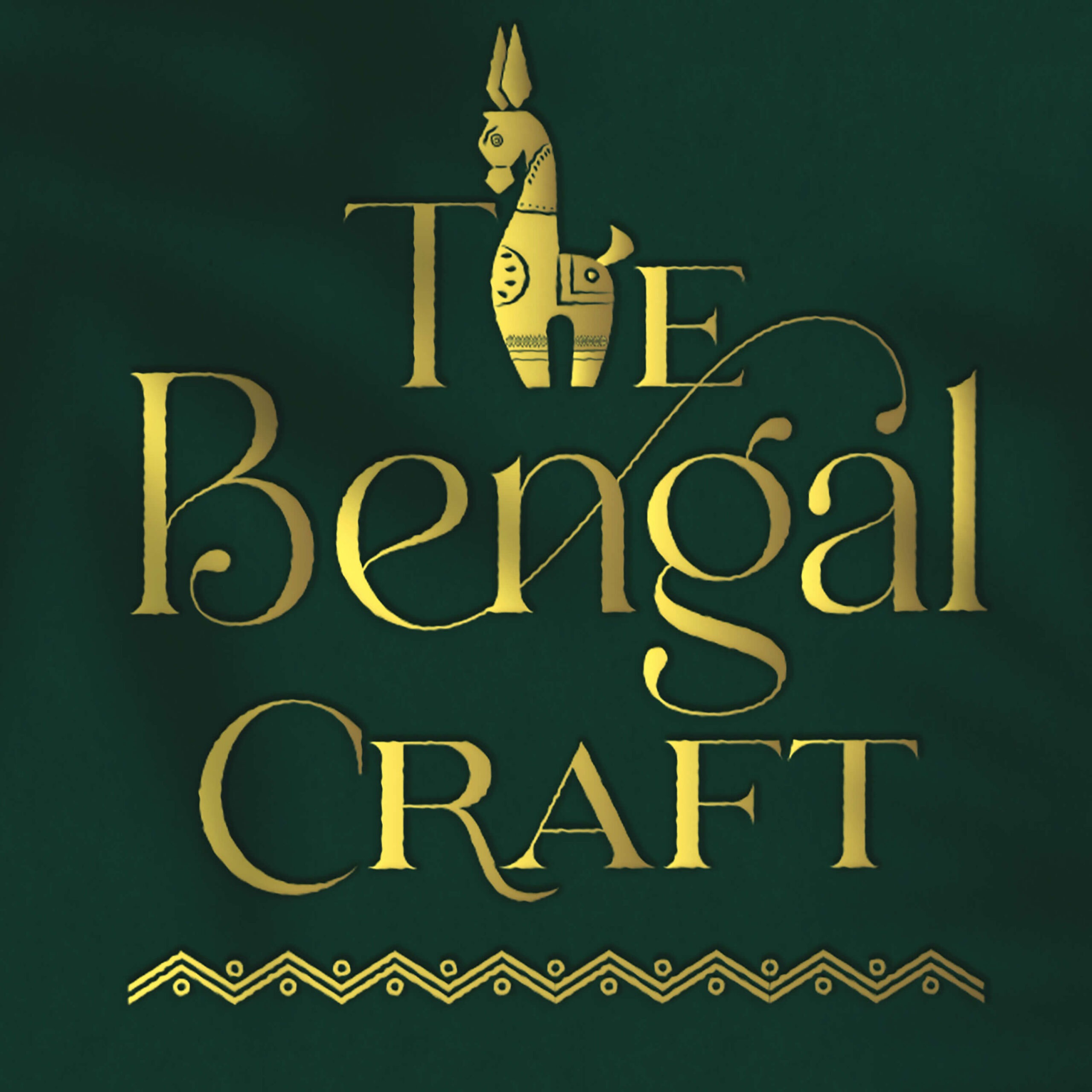
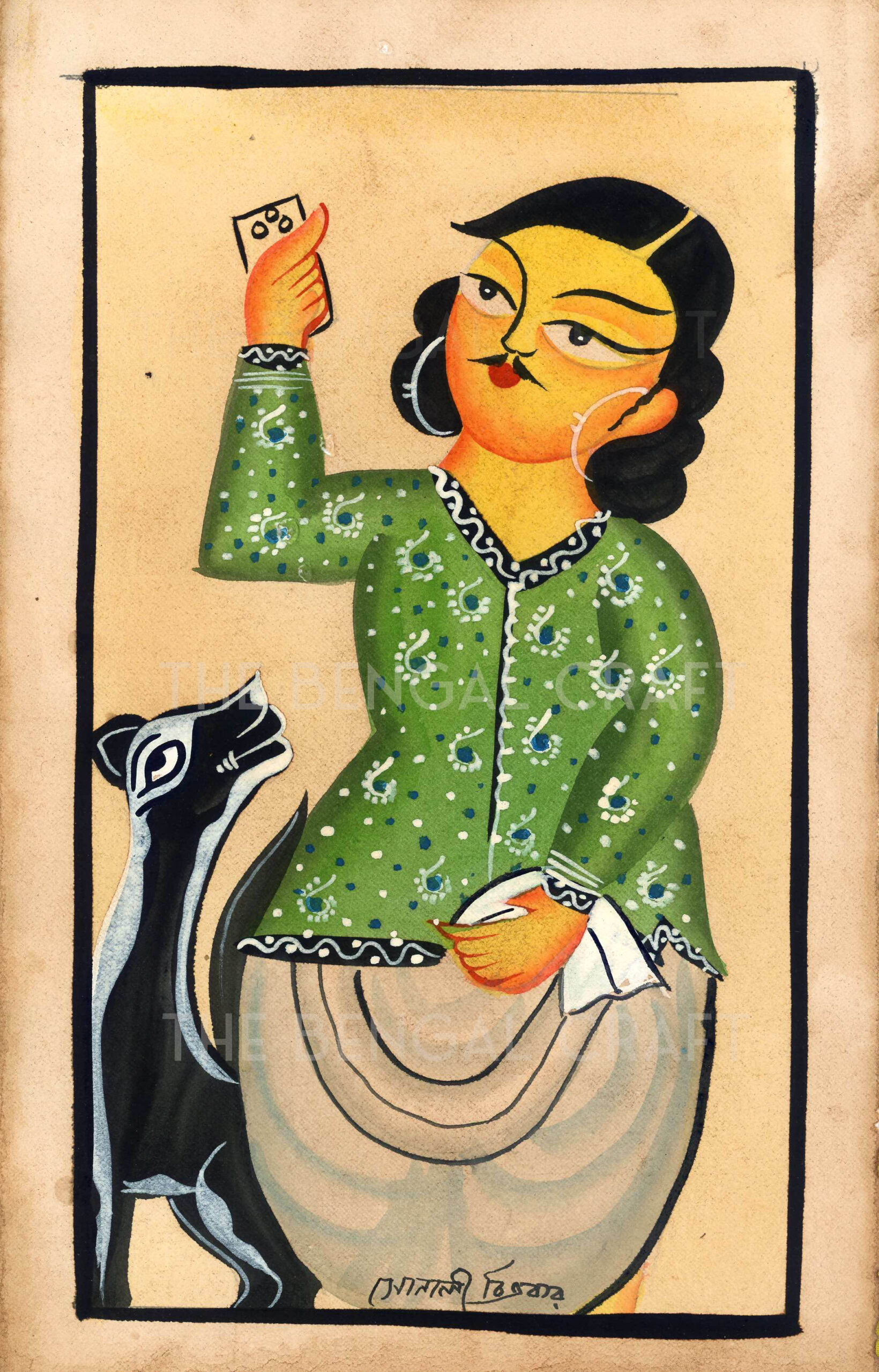
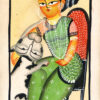
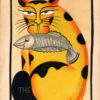
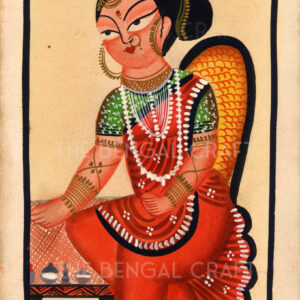

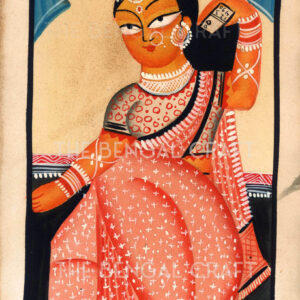
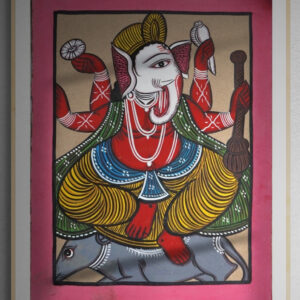
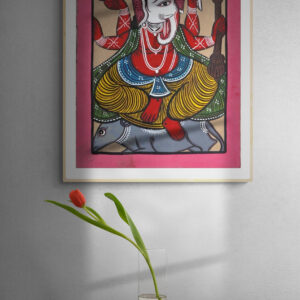
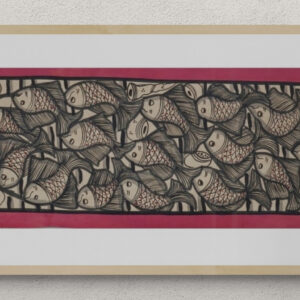
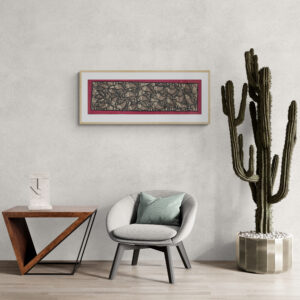
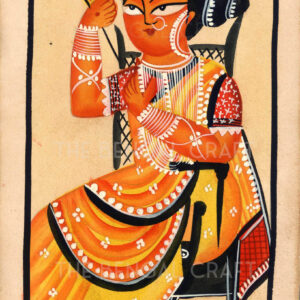
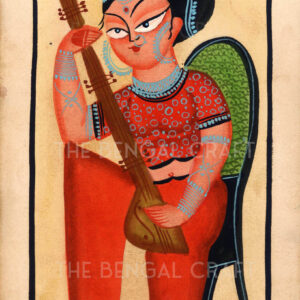
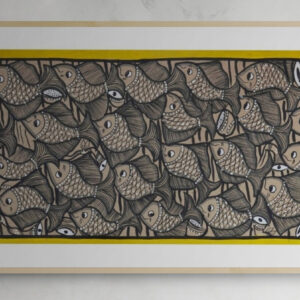
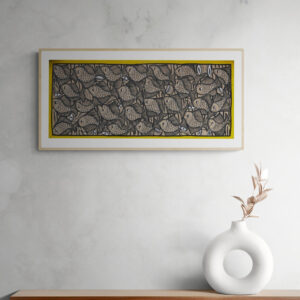
Reviews
There are no reviews yet.